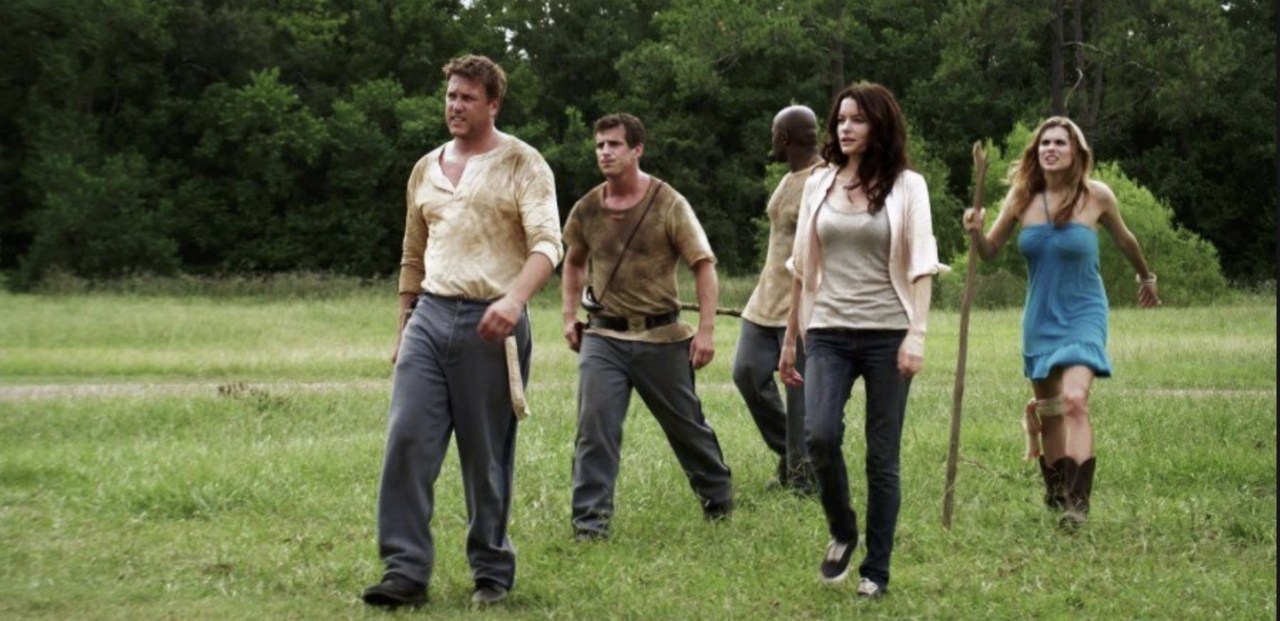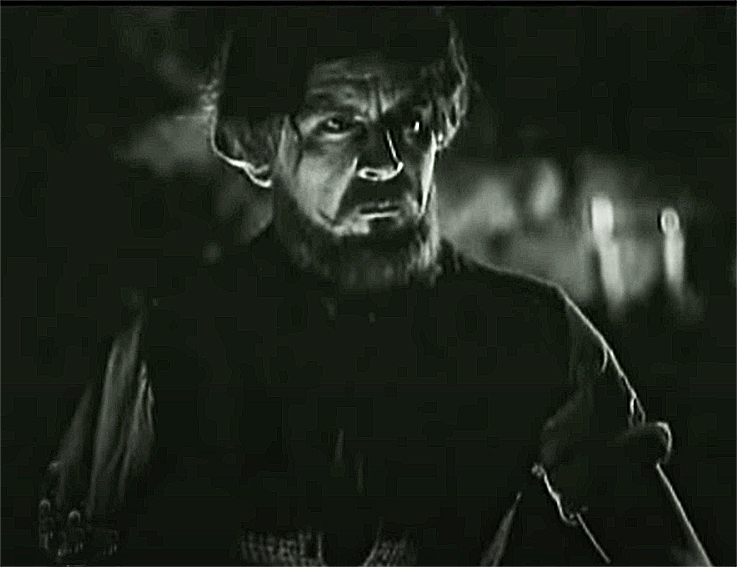By Anne McCaffrey, 1968
This brisk and inventive breakout novel is a romantic coming of age medieval sci-fi fantasy, which sees a pair of unrelated orphans who’re each cheated of their birthright, brought together by fate to attempt to save their world from a malevolent cosmic spore.
important and influential
Originally published as three short stories, and brought together in one volume in 1968, it became the first in a long series of books by the Irish-American writer who carved out an important and influential space for herself in the genre.
Set on the planet Pern, Dragonflight is an exciting medieval revenge story which is as concerned with time travel as it is with flying fire-breathing lizards, but where the former is a device to explore grief and regret, the latter are a means of allowing surrogate maternity, an experience which is crucial to charting the central character’s emotional development.
gloriously unrepentant
Our protagonist, Lessa, is a highborn young woman who’s introduced as living in serfdom having been robbed of her birthright. Using her wits, courage and resilience, and with the aid of F’lar, leader of the socially disparate dragon riders, Lessa becomes queen of all the dragon riders, which is about to face a cosmic menace which threatens the existence of all human life on the planet.
Lessa is a a masterful creation, a gloriously unrepentant figure who never dwells on the killing she performs to execute her plan of revenge, and who at one point considers infanticide as a means to her bloody ends.
Proud, astute, clever, Lessa constantly confounds the men she meets, proving to be better than than the best dragon riders, who earns respect for her deeds and never coasts on her regal heritage. Unless it suits her purposes.
the book shows its age
Where it’s easy to imagine Lessa as a role model the young Princess Leia, her beau, F’lar, is tall, dark, handsome, arrogant and aloof figure, who combines the swashbuckling of Errol Flynn’s Robin Hood with the emotionally reticence of Jane Austen’s Mr Darcy.
He’s a man of action, but also rational, a thinker, a planner, and frankly a bit dour. And in contrast Lessa acts on her wits and frequently on instinct.
Their contrasting personalities allow for dramatic sparks, and it’s here the book shows its age. McCaffrey has a clear eye for power imbalance in the sexual relations and there is stuff in here that’s uncomfortable to read.
When F’lar considers Lessa disobedient or hysterical, F’lar shakes and slaps her. A lot. And F’lar’s abuse of Lessa is publicly tolerated. A passage where F’lar shruggingly dismisses his own recognition that his sexual congress with Lessa is on a par with rape is particularly egregious.
And where hopefully such brutish and abusive behaviour would now be frowned upon or acknowledged as a bad thing by the author, McCaffrey seems inclined to not even admonish F’lar. Instead McCaffrey at all times emphasises that Lessa is a survivor as well as a potential saviour.
The author’s real focus is on the mother and daughter relationship which is the beating emotional heart of the book. Long before Game of Thrones, Lessa was the mother of dragons, specifically her golden dragon, Ramoth. And in McCaffrey’s world it’s motherhood that’s capable of making life complete and healing society.
leather-clad sword-wielding warriors
Ramoth is Lessa’s surrogate child and Ramoth growth to maturity reflects Lessa’s rise to the top of the social hierarchy, instigating a rebirth in all around her and a flowering of empowerment and growth.
This is a also a very modern story of a young mother coping simultaneously with parenting and a new partner while running a large business imbued with centuries of deeply ingrained misogynistic practices. And having to save the world from the apocalypse at the same time. And Buffy the Vampire Slayer thought she was having hard time of it.
chattel and concubines
McCaffrey’s brutal medieval world of of castles and keeps is fully realised with tapestries, poems, and ballads, and various strands of society rubbing up against each other. The author understands this macho world of leather-clad sword-wielding warriors who treat women as chattel and concubines, and seems to enjoy the testosterone-fuelled attempts of men to assert authority over each other.
There are exciting duels and airborne battles aplenty, and the scenes of the airborne fire-breathing dragons fighting are as exciting as any aerial dogfight in a Second World War movie.
blood, rank and destiny
Yes, Dragonflight could be considered more fantasy than sci-fi, though the author apparently bridled at the suggestion, pointing out her humans are descendants of future colonists from Earth, and who’ve genetically engineered local species to assist them in their new planet. This history is established with a brief Introduction to the novel, and dictates how the story develops in future volumes.
Despite having a fiercely strong woman protagonist, there’s no social commentary as you will find in writers such as Miriam Allen deFord. McCaffrey is happy to create a world of royal bloodlines, and talk of purity of blood, rank and destiny without pause of thought. It’s a striated society with little if any crossing of lanes
In contrast to Ursula K. Le Guin, or Nicola Griffith, McCaffrey’s world is also a predominately heterosexual and mostly white world, though race, class and sexuality are, to an extent, explored in later books.
sci-fi movie, Avatar
Safe to say McCaffrey is determined to tell a barnstorming adventure in the most straightforward manner possible, which is not to suggest she’s not a great storyteller. She rattles along at a fair lick, gleefully swooping about her planet, plotting here and there, dropping breadcrumbs of clues as to how our heroes will win.
McCaffrey puts the reader’s need to be entertained before any egotistical drive of her own to be considered a great stylist or an ‘important’ writer. By a dedicatedly tending to her craft, McCaffrey creates a fabulous living and breathing world.
The dragons are given voice and communicate telepathically with their chosen rider with whom they have an emotional bond. Dragons are a metaphor for animal instincts of humans which must be tamed and unleashed at the correct moments in order to demonstrate one’s maturity, such the sexual experience, where the telepathic bond with one’s dragon heightens the emotionally experience of sexual congress.
convention-defying survivor of domestic abuse
It’s difficult to read McCaffrey’s scenes of the dragons hatching ceremony where they form an emotional telepathic bond with their human rider, and not imagine director James Cameron was not at least passingly familiar with Dragonflight when he wrote the script to his 2009 sci-fi movie, Avatar.
Dragonflight, made McCaffrey the first woman to win a Hugo Award for writing fiction, as well as the first to win a Nebula Award, and by creating Lessa, a rule breaking, tradition-challenging, convention-defying survivor of domestic abuse to rise to pre-eminence in a male-dominated world, it’s the least McCaffrey deserved.
If you haven’t read Dragonflight, please do.
Nemo’s Fury is an exciting digital reinvention of Jules Verne’s classic steampunk adventure novel, 20,000 Leagues Under the Sea.
Download for free to your smartphone or tablet, search your app store for ‘Nemo’s Fury’.
A mobile interactive fiction game employing a bespoke combat system and hundreds of original illustrations, Nemo’s Fury is inspired by the 1980’s role-playing gamebooks such as ‘The Warlock of Firetop Mountain’, of the Fighting Fantasy series which celebrated its fortieth anniversary last year.
Each player joins the legendary Captain Nemo on board his fabulous submarine, the Nautilus, on a wild voyage of adventure, intrigue, loyalty, and betrayal.
There’s mayhem, monsters, maelstroms and murder as Nemo takes you from the South Pacific to the Northern Atlantic via Antartica and the Red Sea. And if they survive long enough, the player will of course fight a giant squid.
Available on your smartphone or tablet, (but not yet your desktop), click on your app store below
Or go to Nemo’s Fury for more info






























You must be logged in to post a comment.